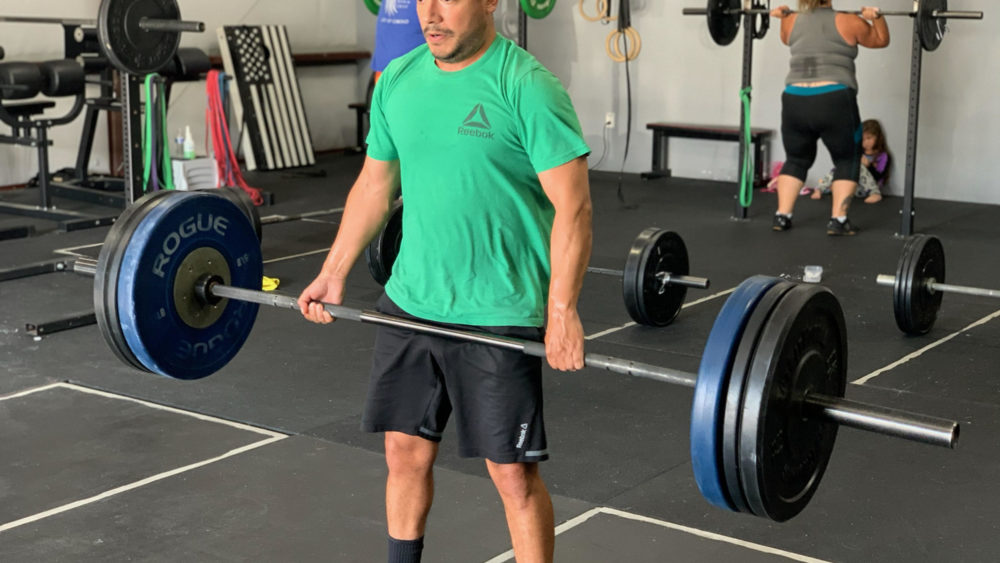
There is no lift more utilitarian than the deadlift. It’s so important and beneficial that it actually used to be called the “healthlift”. Yes, that’s right. The movement that gets criticized by internet critics the world over actually used to be the foremost way to prove someone was still functional and healthy. A man by the name of George Barker Windship first popularized the movement as a student at Harvard in the 19th century.
Windship first developed an apparatus that you would stand on and had a handle sticking up out from a hole. The handle was attached to as much weight as the person wanted and thus the healthlift was born. Think belt squats standing on two boxes, except instead of squatting a weight attached to your waist up, you had a handle in your hands and stood that up.
Windship went on to graduate from Harvard Medical school and routinely gave lectures in his community about what true health really was. He was an advocate for short workouts and using heavy weights. He felt that intensity should be ramped up over time and that workouts should never last longer than an hour.
The deadlift has really been used in basically every form of physical culture the world has seen. Strongman competitions use different variations of it to prove total body strength there. Powerlifting competitions have always included the sumo version of the movement to demonstrate total body capacity there. And, recently, CrossFit has re-popularized the movement and brought it into the living rooms of soccer moms and guys with dad bods all over the world.
If you’re trying to prove just how much someone can still function on their own without being dependent on another human, no movement does a better job of demonstrating that than the deadlift. The legs and glutes are mostly in charge of moving the weight but that all depends on how rigid a person can keep their core to properly transfer all that power to the legs. If a person has a weak core, the low back is going to take the brunt of the load and cause a horrible shearing effect on the spine. You can do all the sit-ups and crunches you want, but if you have a weak deadlift all the ab selfies you have mean nothing. The deadlift is also a great test of grip strength. If a person is about to fall over, chances are they’ll lessen the blow of their fall if they have the ability to grab onto something quickly. There is no movement to better display a strong spine, legs, and grip. All key factors when pushing off physical dependency.
I really would like for people to go back to calling it the healthlift. The culture it would create would really do the world a lot of good. Imagine kids in middle school being tested in P.E by demonstrating a solid ½ bodyweight deadlift (for a B- anyway). We would redefine what healthy is in our society. Healthy means being able to lift.
Want to get back to your health and give your body the care it deserves? Come talk with us!
